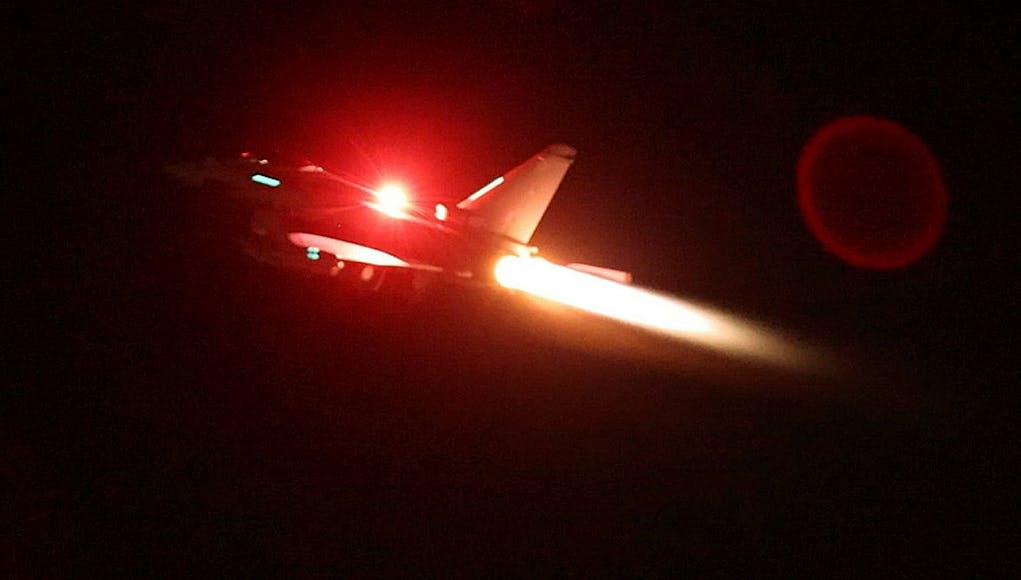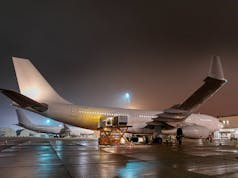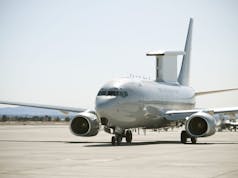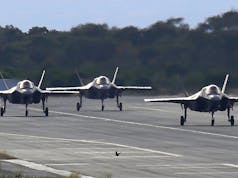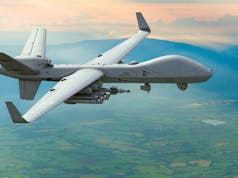The Royal Air Force recently, for the second time, joined the United States in their eighth round of strikes against Houthi targets in Yemen in response to continued attacks against merchant shipping in the region.
The US and UK conducted the first round of strikes against Houthi sites on January 11th hitting over 30 targets in response to at least 33 missile, drone and boat attacks on commercial shipping by Houthi rebels since November.
Since the start of the attacks, which the Houthis initially claimed were targeting Israeli-linked vessels as part of their support for Hamas militants, multiple merchant ships have been hit by projectiles although none have suffered significant damage. Coalition warships have also repeatedly come under attack from swarms of missiles and drones with regular reports of them using their guns and missiles to shoot down projectiles targeting them, or other nearby ships. As a result of the threat to merchant vessels, more than a dozen shipping companies including major transnational corporations such as Maersk have ceased operations through the Red Sea, impacting global trade with vessels having to take the lengthy detour around Africa.
The US used F/A-18s fighter aircraft flying from the USS Dwight D. Eisenhower aircraft carrier, currently sailing in the Red Sea, and Tomahawk land attack cruise missiles launched from the cruiser USS Philippine Sea and the destroyers USS Gravely and USS Mason as well as an unnamed submarine, while the Royal Air Force tasked 4 Typhoon FGR.4s along with two Voyager aerial refuelling aircraft from RAF Akrotiri in Cyprus. 8 sites were hit in total, consisting of underground weapons storage sites, containing more advanced conventional weapon systems than previously struck, as well as missiles and unmanned aerial systems, with roughly 25-30 munitions used in total. The RAF Typhoons struck two “military sites” in the vicinity of Sana’a airfield using Paveway IV precision guided bombs.
Senior US officials believe that the recent strikes against Houthi missile and UAV stockpiles, as well as coastal and air surveillance radars, have had the intended effect and led to a reduction in their ability to carry out attacks.
The US-led strikes against Houthi targets are taking place separately from Operation Prosperity Guardian, a defensive coalition of 22 nations established in December to counter the threat posed by Houthi rebels to shipping in the region. A number of countries have contributed personnel, while the US and UK have deployed naval ships to the region, with assets also pledged by other nations.


